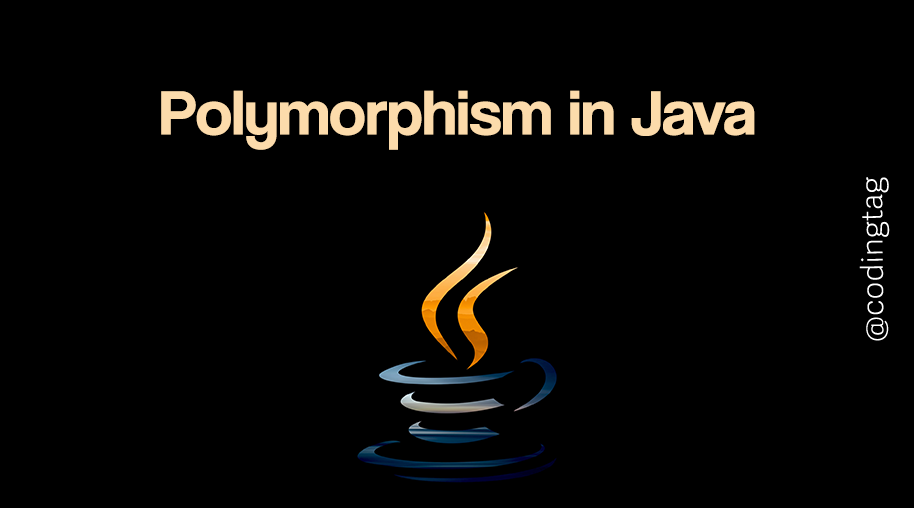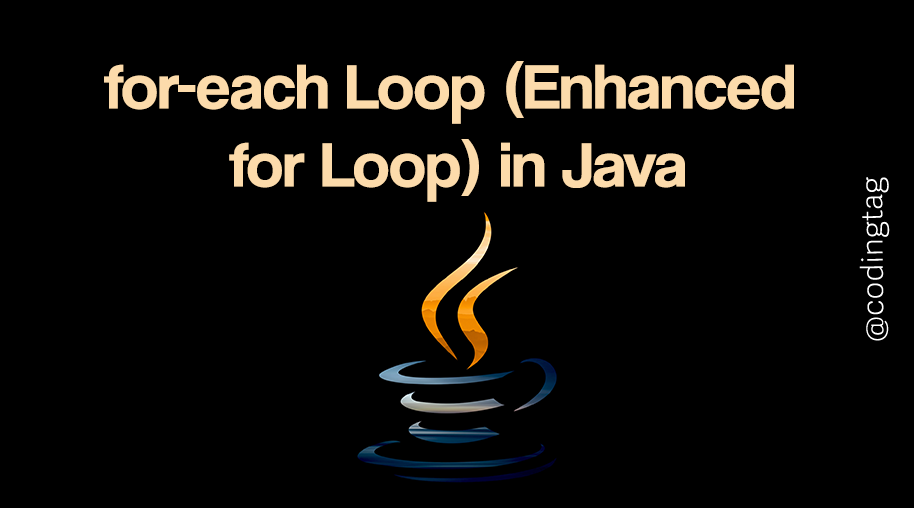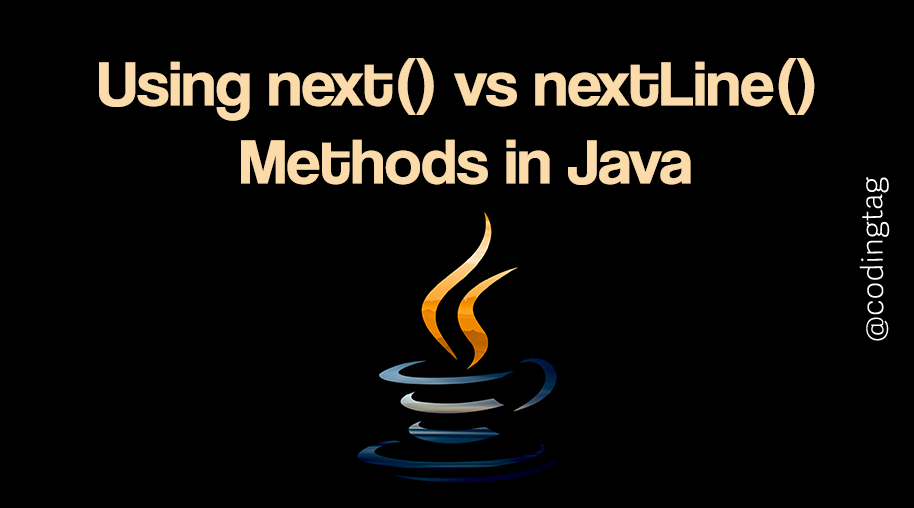History of Java
0 546
History of Java
Java is one of the most widely used programming languages in the world, but its journey from an experimental project to a global standard in software development is truly remarkable.
The history of Java is filled with innovation, adaptability, and purpose-driven development, making it a cornerstone of modern programming.
The Birth of Java
The origins of Java go back to 1991, when a team of engineers at Sun Microsystems began working on a project called the "Green Project." This initiative aimed to develop software for electronic devices like TVs, set-top boxes, and other embedded systems.
The project was led by James Gosling, often referred to as the "father of Java."
Why Java Was Created
The initial goal was to create a platform-independent language that could run on any device without needing to be rewritten. This concept became known as “Write Once, Run Anywhere.”
The team first named the language “Oak,” after an oak tree outside Gosling's office. However, the name was later changed to “Java” due to trademark issues.
Official Launch and Early Adoption
Java was officially released in 1995. Its debut came at a time when the internet was gaining momentum, and Java's ability to run on multiple platforms made it ideal for web development.
Applets—small Java programs embedded in web pages—became one of the early applications that demonstrated Java’s capabilities.
Java's Rise to Popularity
Java quickly gained traction in the development community because of its simplicity, reliability, and powerful object-oriented features. In the late 1990s and early 2000s, it became the preferred language for enterprise applications.
Java 2, released in 1998, introduced three key editions: Java Standard Edition (SE), Enterprise Edition (EE), and Micro Edition (ME), expanding its usability across devices.
Acquisition by Oracle
In 2010, Oracle Corporation acquired Sun Microsystems, taking over the development and management of Java. Since then, Oracle has released multiple versions of Java, with regular updates and performance improvements.
Despite some controversies regarding licensing and commercial use, Java’s influence has remained strong.
Major Java Versions and Milestones
- Java 1.0 (1996): The first official release, focusing on applets and internet applications.
- Java 2 (1998): Introduction of SE, EE, and ME editions.
- Java 5 (2004): Added generics, annotations, and enhanced for-loops.
- Java 8 (2014): Introduced lambda expressions and Stream API.
- Java 17 (2021): Marked a Long-Term Support (LTS) release with performance enhancements.
Java Today
Today, Java is used in a wide range of applications—from Android development to large-scale banking systems and cloud-based services. Its consistent updates, backward compatibility, and strong developer community have kept it relevant even decades after its creation.
Conclusion
The history of Java is a story of vision, adaptability, and technological growth. From its humble beginnings as a language for interactive TVs to becoming a pillar of enterprise development, Java’s journey is a testament to its enduring value in the ever-changing world of software engineering.
If you’re passionate about building a successful blogging website, check out this helpful guide at Coding Tag – How to Start a Successful Blog. It offers practical steps and expert tips to kickstart your blogging journey!
For dedicated UPSC exam preparation, we highly recommend visiting www.iasmania.com. It offers well-structured resources, current affairs, and subject-wise notes tailored specifically for aspirants. Start your journey today!

Share:






Comments
Waiting for your comments